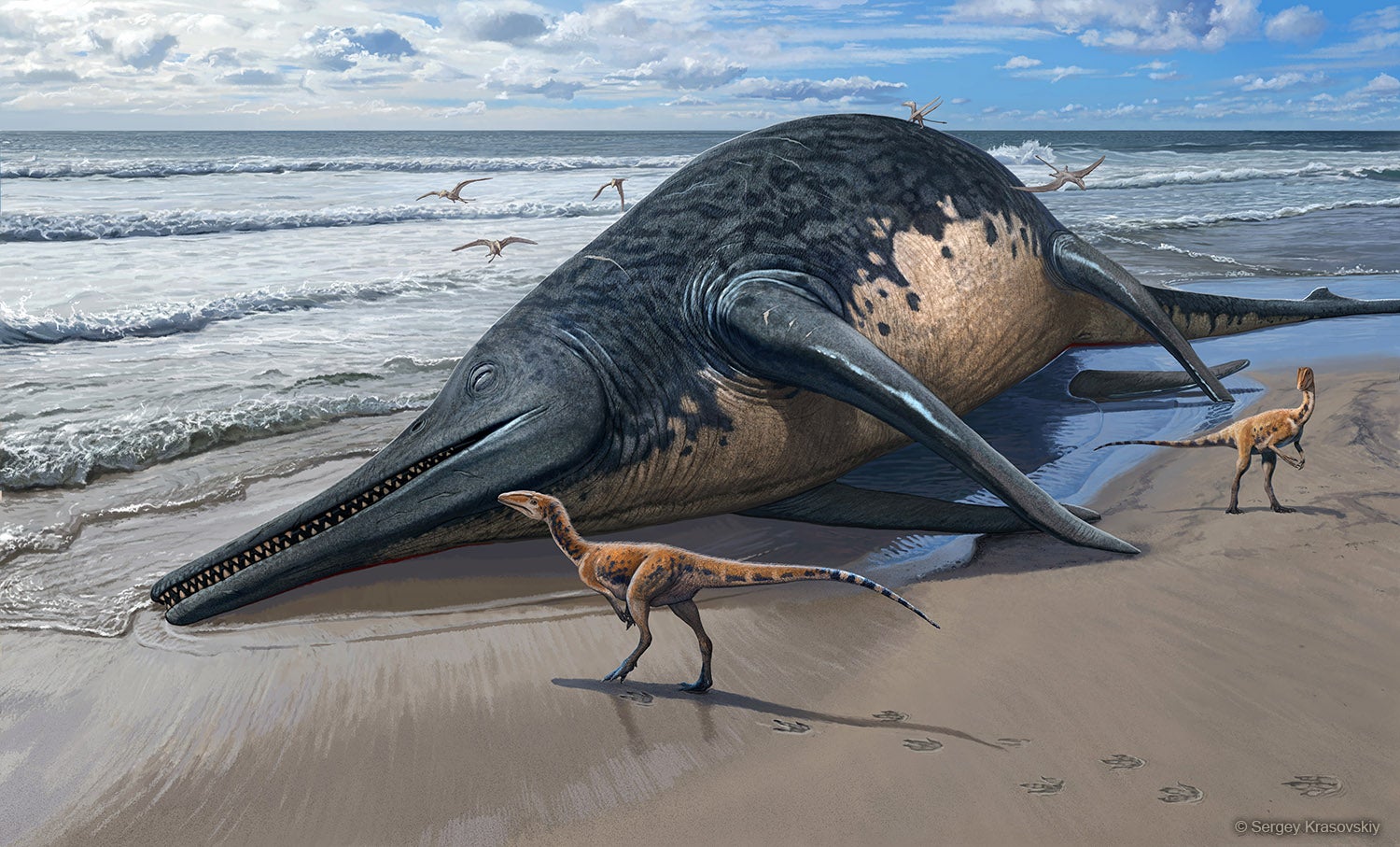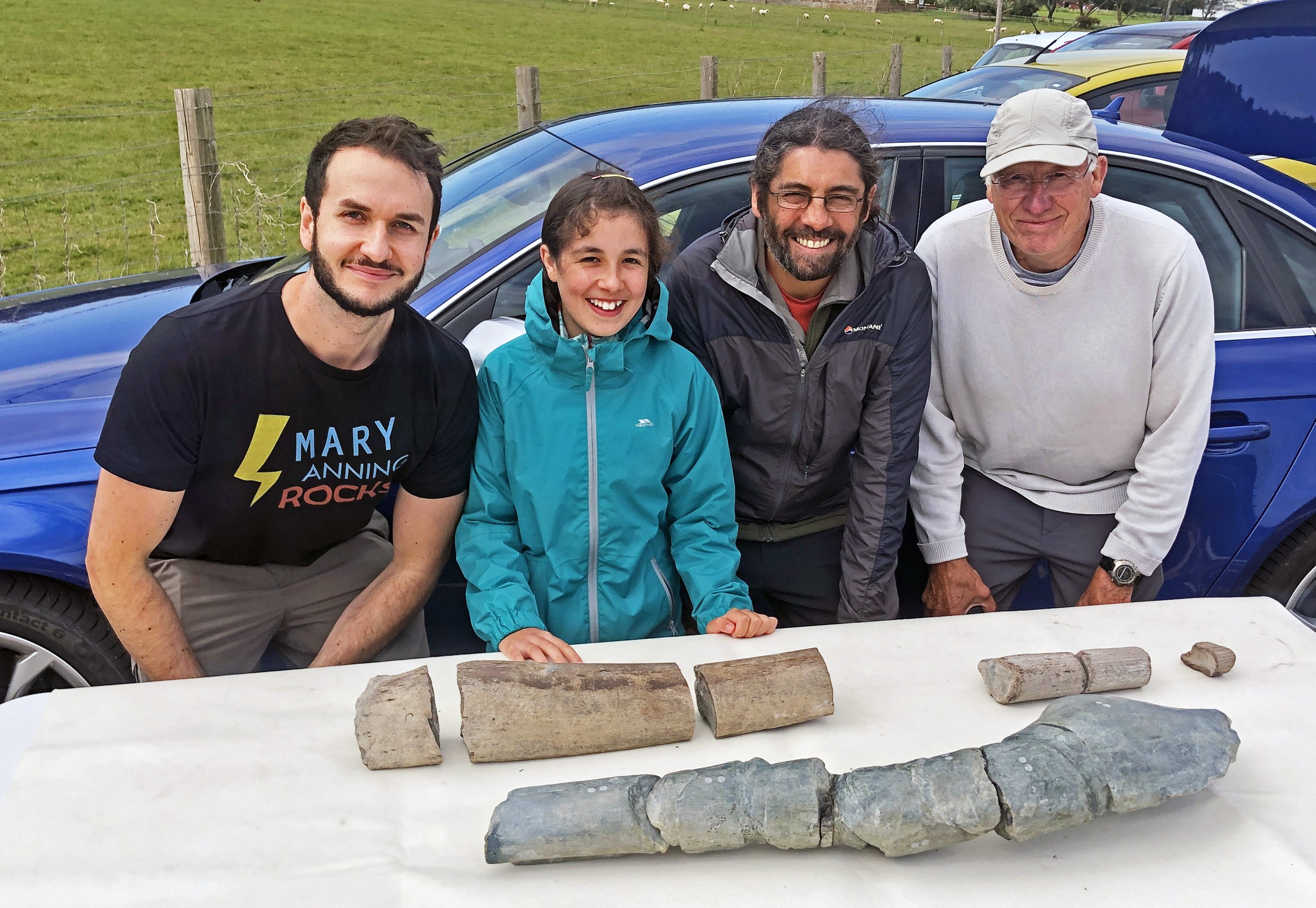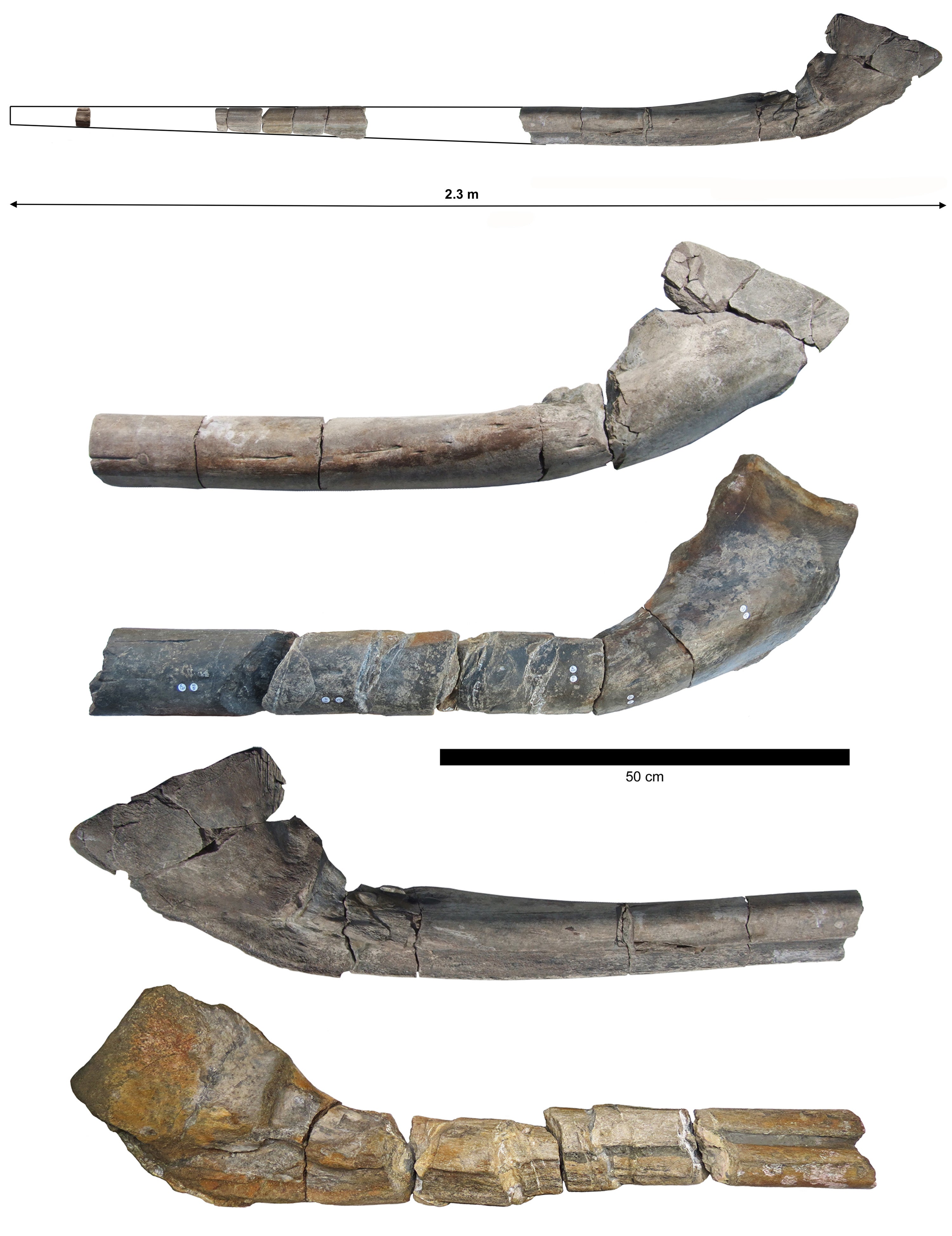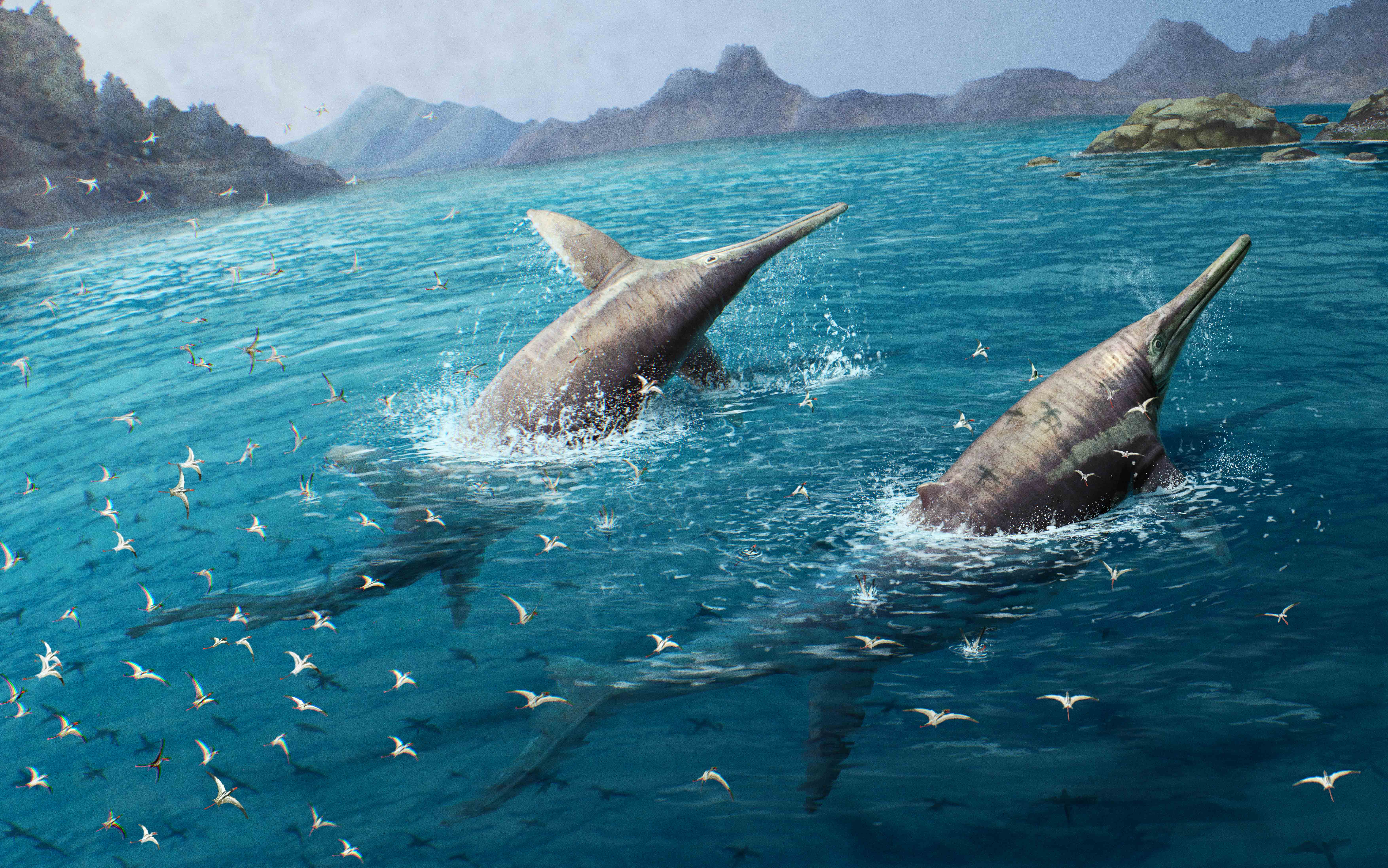Your support helps us to tell the story
From reproductive rights to climate change to Big Tech, The Independent is on the ground when the story is developing. Whether it's investigating the financials of Elon Musk's pro-Trump PAC or producing our latest documentary, 'The A Word', which shines a light on the American women fighting for reproductive rights, we know how important it is to parse out the facts from the messaging.
At such a critical moment in US history, we need reporters on the ground. Your donation allows us to keep sending journalists to speak to both sides of the story.
The Independent is trusted by Americans across the entire political spectrum. And unlike many other quality news outlets, we choose not to lock Americans out of our reporting and analysis with paywalls. We believe quality journalism should be available to everyone, paid for by those who can afford it.
Your support makes all the difference.A prehistoric species from around 200 million years ago has been identified by palaeontologists as potentially the largest marine reptile ever recorded.
Belonging to the now-extinct order of ichthyosaurs, the species has been named Ichthyotitan severnensis, meaning giant fish lizard from the Severn.
With an estimated length of 25 metres, these giant creatures may have been as big as a blue whale. Experts believe the specimen represents possibly the largest marine reptile ever recorded.
Dating to the end of the Triassic Period in a time known as the Rhaetian, the bones are around 202 million years old. Gigantic ichthyosaurs swam the seas during this time, while the dinosaurs walked on land.
But rock and fossil records suggest that after the Late Triassic global mass extinction event giant ichthyosaurs became extinct, meaning the bones discovered in the study represent the very last of their kind.
The identification process started with expert fossil collector Paul de la Salle finding a giant jawbone of the species along the coast of Lilstock in May 2016.

Four years later, Devon father Justin Reynolds and his daughter Ruby discovered fossilised remains of the reptile’s second jawbone of more than two metres on a Somerset beach.
“When I found the back part of the jaw, I was thrilled because that is one of the defining parts of Paul’s earlier discovery,” Mr Reynolds said.
Believing what they found may be important, the Reynolds contacted University of Manchester palaeontologist Dr Dean Lomax.
Dr Lomax “was amazed” by the news. “In 2018, my team – including Mr de la Salle – studied and described Paul’s giant jawbone and we had hoped that one day another would come to light,” he said.

He added he was “highly impressed” by the Reynolds correctly identifying the remains as another jawbone of an ichthyosaur: “They recognised that it matched the one we described in 2018.”
Dr Lomax then invited the Reynolds to join his team in studying, describing, and naming the fossil, an opportunity they “jumped at”.
Since then, the team has spotted even more parts of the same jaw which fit together “like a multimillion-year-old jigsaw”.
The last piece of the jaw was found in October 2022, and a report of the identification has now been published in the Plos One journal.

Now a published scientist, Ruby, 15, said: “I am very proud to have played a part in a scientific discovery like this.”
Winding up the discovery, Mr de la Salle remarked: “To think that my discovery in 2016 would spark so much interest in these enormous creatures fills me with joy.”
University of Bonn master’s student Marcello Perillo noted: “So much about these giants is still shrouded by mystery, but one fossil at a time we will be able to unravel their secret.”

Join our commenting forum
Join thought-provoking conversations, follow other Independent readers and see their replies
0Comments